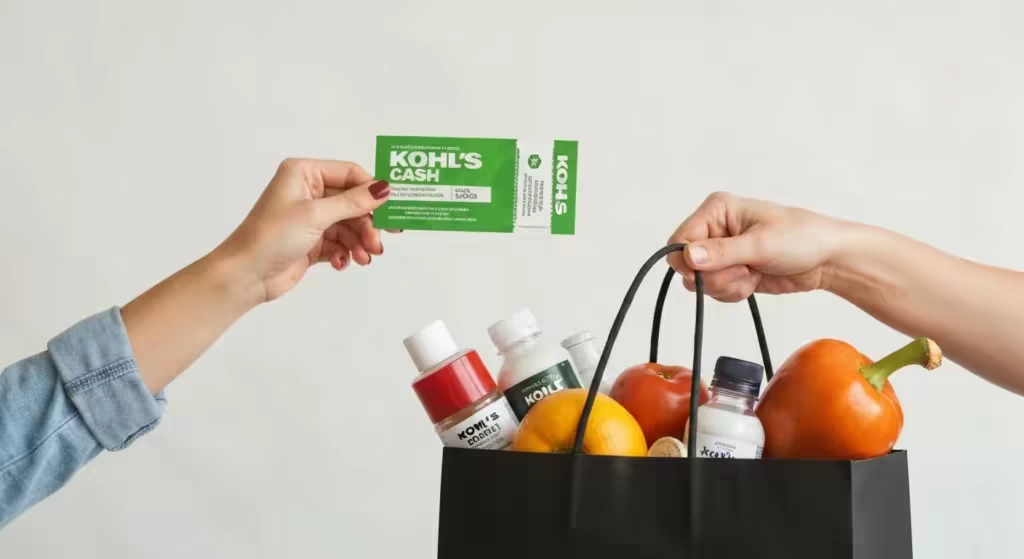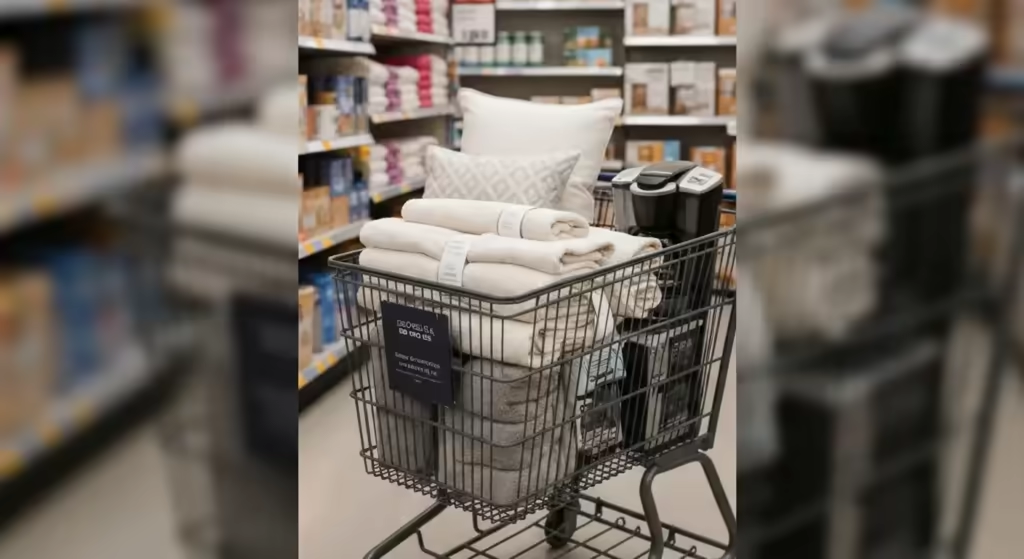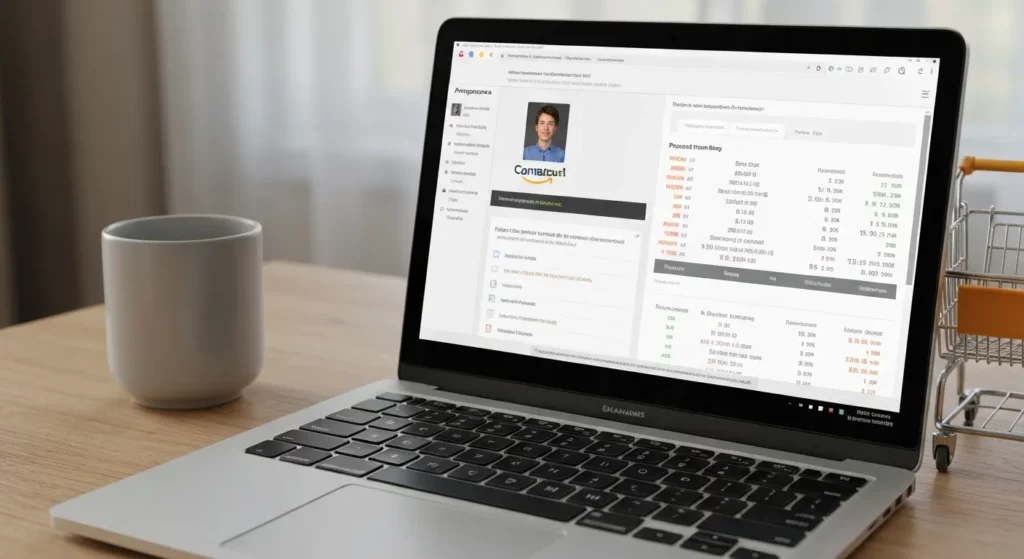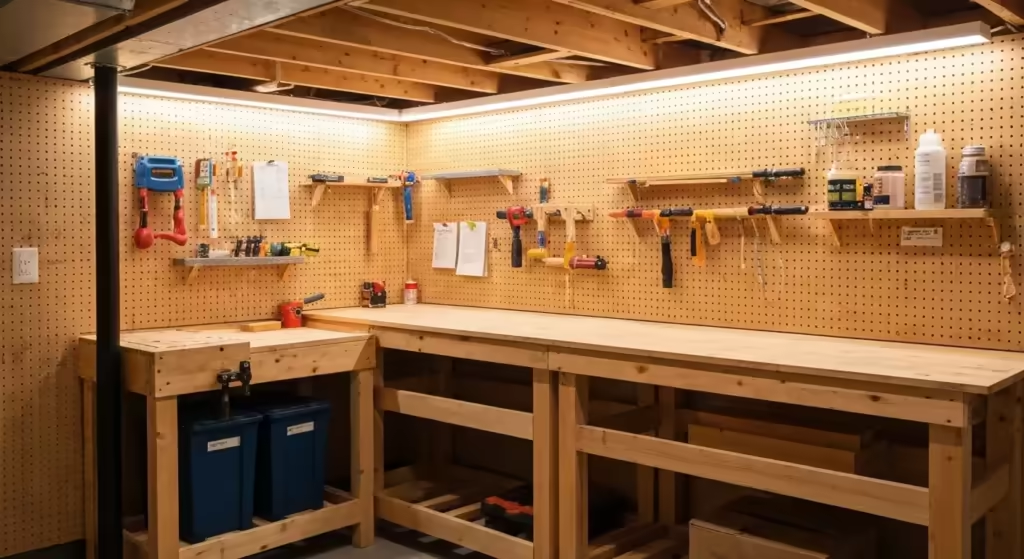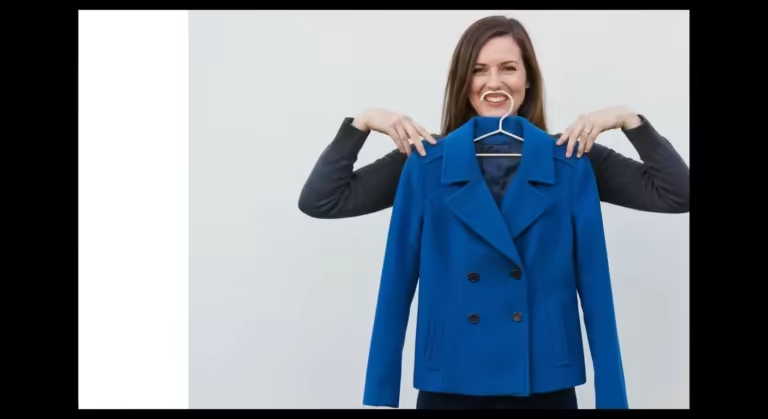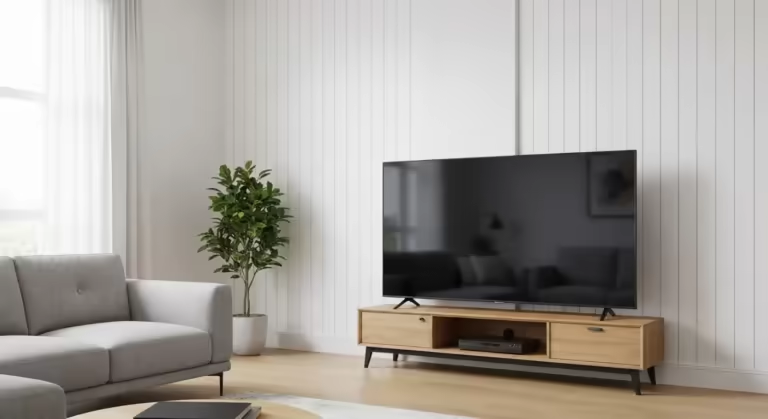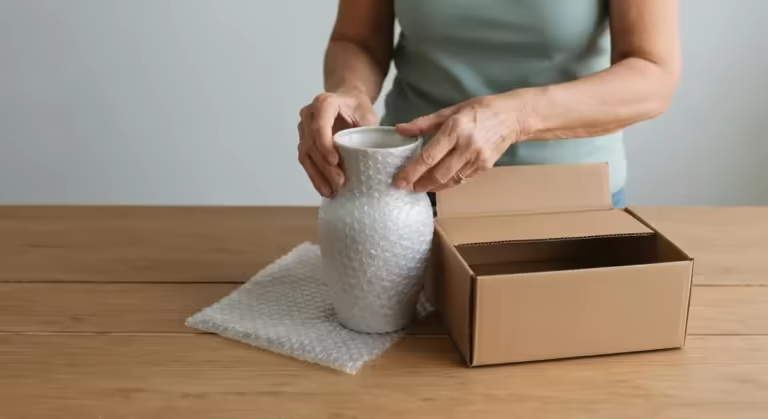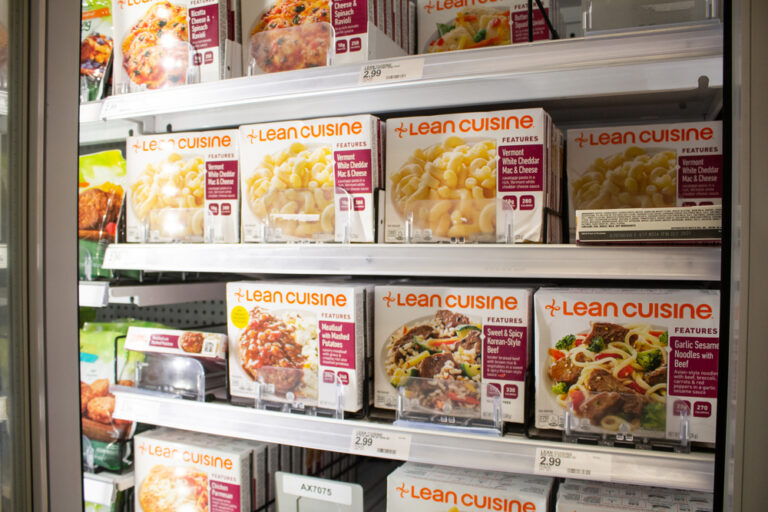Have you ever felt like stores make you spend more money than you wanted?
Everyone wants your money, whether it’s the small store in your neighborhood, the grocery store you like to get your food or house supplies from, or a clothing boutique with the prettiest items on display. It’s a universal truth of commerce. But the feeling goes deeper than that, doesn’t it? It’s that nagging suspicion that the entire shopping experience has been meticulously designed, not for your convenience, but to gently guide your hand toward your wallet, over and over again. It’s a subtle art, a form of retail psychology that plays on our instincts, habits, and deepest insecurities.
Stores have many ways to make you spend more money than you plan, and sometimes we unknowingly let them. How often have you gone shopping with a list, determined to stick to the plan, but left with far more than you intended to buy? You walk in for milk and bread and walk out with a new brand of cookies, a magazine, some discounted cleaning supplies, and a vague sense of confusion about where your budget went. This experience is not a failure of your willpower; it’s a testament to the effectiveness of these retail strategies. Discover the sneaky tactics stores use and learn how to arm yourself with knowledge to stick to your shopping list!
You probably want to spend less and get more, so we’re here to help you. Taking control of your spending habits is a powerful step toward financial freedom. As we’ve already said, there are many ways stores make you spend more money than you want, and we know all the tricks they use, from the layout of the aisles to the lighting in the dressing room. Consider this your field guide to the modern marketplace. If you want to take your shopping power back, become a more conscious consumer, and not be tricked into buying everything they serve you, keep reading:

1. Different offers
I used to be a s*cker for offers, but that stopped when I realized they were only there to make me spend more on things I didn’t even need in the first place. The big, bright red signs screaming “SALE” or “SPECIAL OFFER” are designed to trigger a sense of urgency and a fear of missing out (FOMO). For instance, many people concentrate on the “50% off” portion of the “buy one, get one 50% off” deals and overlook the fact that the first item is still priced at retail. You’re not really getting a half-off deal; you’re getting a 25% discount on the total price of two items, one of which you may not have even wanted. If that specific product wasn’t on your list in the first place, you end up spending more than you wanted, all while feeling like you secured a bargain.
Another common trick is the “Up to 70% Off!” sign. This creates excitement, but often, only a handful of obscure or undesirable items are actually discounted that much. The rest of the merchandise might only be 10% or 20% off, but the big sign got you in the door and put you in a buying mood. The key is to pause and evaluate. Before you put a “deal” in your cart, ask yourself: “Would I buy this if it were full price?” If the answer is no, you’re likely being seduced by the discount, not the item itself.
It’s hard to say no to a tempting offer, but would you rather spend money just because something’s discounted instead of holding on to your cash and using it for something you need? Just a little food for thought. A great strategy is to implement a 24-hour rule for any unplanned sale purchase. If you still want it a day later, after the initial thrill has worn off, then you can consider buying it. It took me a while to realize this, but it’s an important thing. True savings come from not spending money at all, not from spending less on things you don’t need.
…This is only the beginning! There are many ways stores make you spend more money, so keep reading!
2. Bulk buying deals
There are many ways stores make you spend more money, and bulk buying deals are one of the surefire ways to get your dollars. You see a cluster of delicious fruity yogurts priced at a tantalizing “10 for $10,” so you quickly put them into your cart, thinking of what a great deal you found. It feels efficient and smart; you’re stocking up and saving money at the same time. The store presents it as a value proposition that seems too good to pass up.
However, according to money-saving experts, this is merely another ploy by retailers to increase your purchases. The psychology is simple: it encourages a shift from buying one unit to buying multiple. Even if they didn’t need the item in the first place, or only needed two or three, customers would stock up when they saw the 10 for $10 deal as a better deal. The trick is to check the unit price. Often, you don’t actually have to buy all 10 items to get the $1 price for each one. Furthermore, it’s not always the best price per unit during these deals. Is the name-brand yogurt at $1 each really a better deal than the store brand right next to it, which might be $0.75 each every day? Always compare it with store brands and rival brands to get the best offer possible. Also, consider waste. Buying a massive bag of salad or ten yogurts is no bargain if half of it spoils before you can eat it.

3. Placing expensive items at eye level
Every single one of the things we discuss today has been tested countless times, so you can be certain they work. The science of store layout, known as planogramming, is a multi-billion dollar industry. Speaking of ways stores make you spend more money, another effective method is placing expensive, high-margin items at eye level. This prime real estate on the shelf is often referred to as the “bull’s-eye zone.”
They know you’ll be looking around, and it’s easier to grab something you immediately see rather than bend and stretch to other shelves. Our brains are wired for cognitive ease; we naturally gravitate toward the path of least resistance. Grabbing the familiar, big-brand-name product placed conveniently in front of you requires less mental and physical effort. Stores won’t let this prime real estate go to waste, so they will put the most expensive products at your eye level. This tactic is even more targeted when it comes to children. Next time you’re in the cereal aisle, notice how the sugary, character-driven brands are placed perfectly at a child’s eye level, encouraging “pester power.”
With that being said if you’re looking for something more budget-friendly and even of the same quality, you might want to bend down and look at the bottom of the shelf. This is where you’ll often find the store’s own brands and bulk-sized items, which typically offer a much better value. The top shelf, on the other hand, is often reserved for smaller, gourmet, or niche brands. Make a conscious habit of scanning the entire shelf—from top to bottom—before making your choice. A few seconds of looking can save you a significant amount of money.
4. Big shopping carts
If you want to save money and only get the things you need, stick to a smaller cart. This isn’t just a simple tip; it’s a direct countermeasure to a psychological trick that dates back to the 1930s. Your eyes aren’t playing tricks on you, but the grocery store you go to does. Shopping carts have, on average, more than doubled in size over the last few decades. When you see a huge cart with only a couple of items in it, your brain registers a sense of incompletion. It looks empty, and you’re more likely to think that you didn’t get enough for the week, so you might shop around some more to fill the visual void. That’s the main reason why retailers supersize their carts: to make you fill them up with things you don’t need. An empty-looking cart can make a shopper feel like they haven’t bought enough, prompting them to continue shopping.
The solution is simple but effective. If you’re just running in for a few items, skip the cart altogether and use a hand basket. The physical weight and limited space of the basket will force you to stick to your list and prioritize only the essentials. If a basket isn’t available and you’re faced with an oversized cart, be mindful of this trick. Remind yourself that the cart is designed to make you feel like you need more. Stick firmly to your list and feel proud of the empty space in your cart—it represents money you’ve saved.

5. Tricky fitting rooms
We take a break from the grocery stores for a moment here because we have something important to discuss. This tactic is all about vanity and perception. You’ve probably had at least one of these happy experiences during the shopping sprees you’ve taken over the years: you went into the dressing room, and everything you tried on was exquisite. The lighting made your skin glow, the mirror seemed to shave off a few pounds, and every outfit looked like it was tailored just for you. You were so content with how everything looked, only to come home, try the same items again in your own bedroom, and see you look nothing like before. A complete disaster, right? Well, we know why.
Retailers want to make people buy more clothes, so they use a combination of tricks to create the most flattering environment possible. Many use so-called “skinny mirrors,” which are subtly curved or angled to make you look slimmer and taller. People are more likely to buy something if it makes them look thinner and better, so retailers use everything to their advantage. But that’s not all. They will also tilt the mirror ever so slightly upwards to give off the impression that you look taller and leaner. The lighting is just as crucial; they will often use soft, warm, or rosy-hued lights instead of harsh, direct fluorescent lighting. This dim lighting is more forgiving; it hides imperfections and can make you look tanned and more toned. These simple ways to alter your appearance are designed to make you fall in love with the reflection in the mirror, leading you to lose money on an item that might not look as good in the harsh light of day. So, always pay attention and be skeptical of that perfect reflection.
6. Multiple price tiers
Retailers that provide discounts at different price points—$5 off $15, $25 off $75, or $50 off $150, for instance—are using a powerful psychological tool called “threshold marketing.” This strategy allows customers to feel like they are saving the same amount no matter how much they spend, but its real purpose is to encourage you to spend more to reach the next “level” of savings. It preys on our desire to maximize a deal. Don’t be fooled by this trick, and take a couple of seconds to calculate the percentage of savings. Is it true, or is it just a trick?
Let’s break it down. Imagine you have $60 worth of items in your cart and the offer is “$25 off a purchase of $75 or more.” The cashier might helpfully point out that you only need to spend $15 more to get $25 off. It sounds like a no-brainer. But you are being prompted to spend an extra $15 on things you didn’t plan to buy. You’re not “saving” $25; you’re being manipulated into increasing your total spending. If you don’t need that extra item or if the savings aren’t considerable when you factor in the additional spending, only purchase the items you had originally planned to get. Always ask yourself, “Am I saving money, or am I just spending more to *feel* like I’m saving?”
Speaking of saving, many small costs add up. While many grocery stores offer bags for free, others are more likely to charge you for them, which is another small expense you can easily avoid. A simple solution is to take your own cart with you and save money. It will also give your arms a rest since you won’t have to carry all those bags. Check out this useful cart here!
Did you find this article interesting? Did you know about these ways stores make you spend more money? The tactics don’t stop here. Think about the calming music playing overhead, the scent of fresh-baked bread piped through the air in a supermarket, or the strategic placement of candy and magazines at the checkout line for one last impulse buy. Do you know any other tricks they use? How do you avoid them? Let’s discuss this in the comments! Sharing your own experiences helps everyone become a smarter shopper. If you liked this article and want to check out something else from our website, here’s a good post for you: 4 Reasons Women Need More Money Than Men in Retirement





